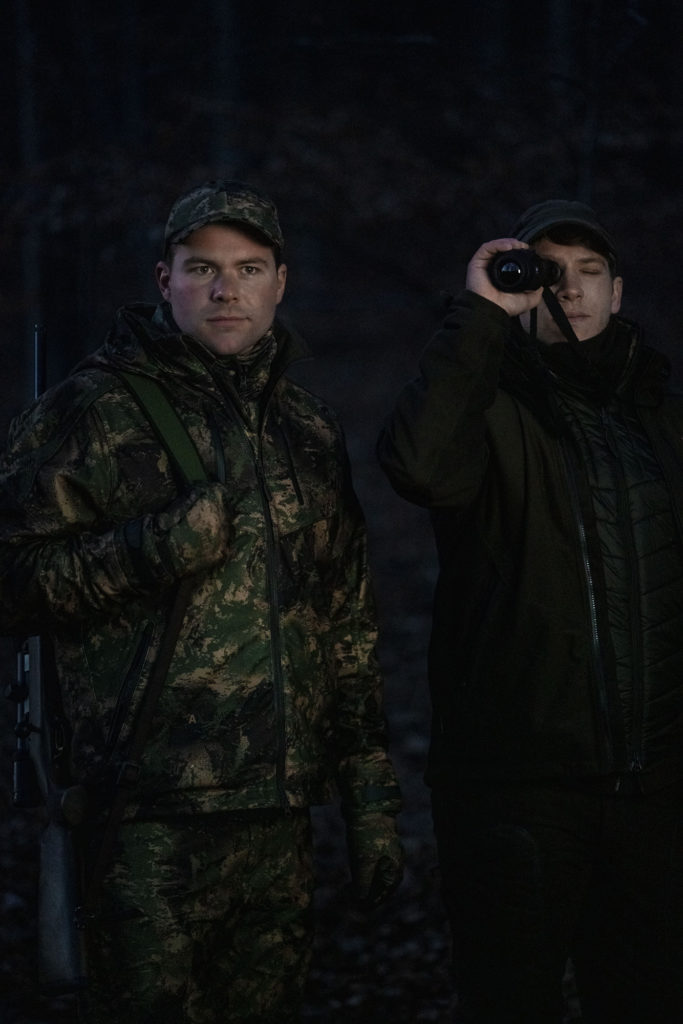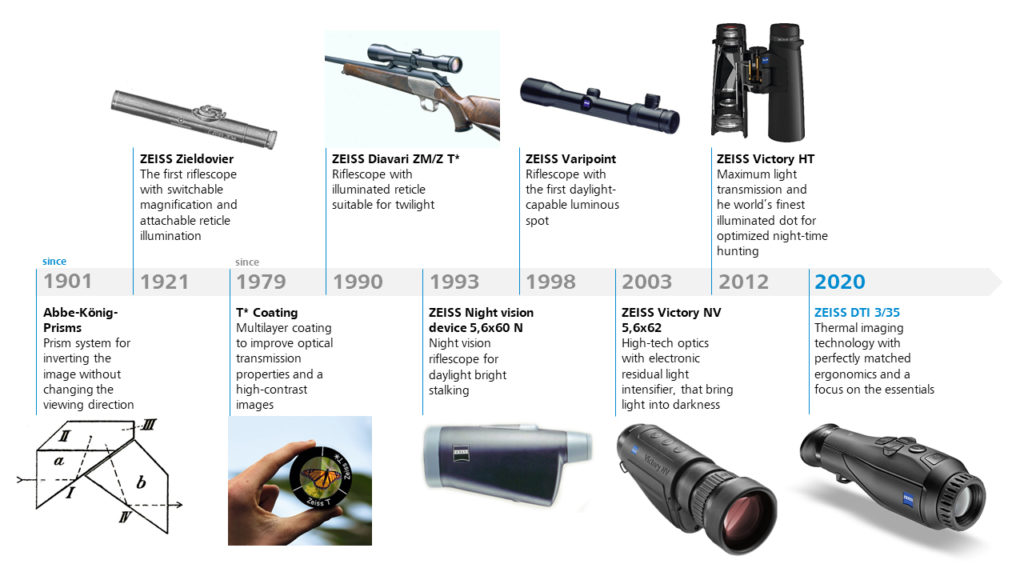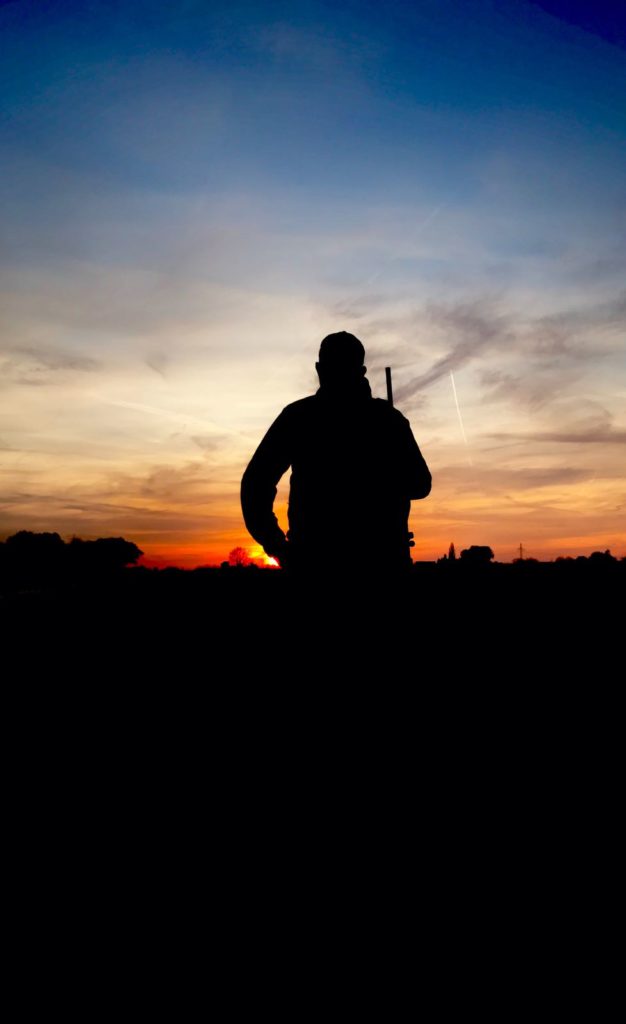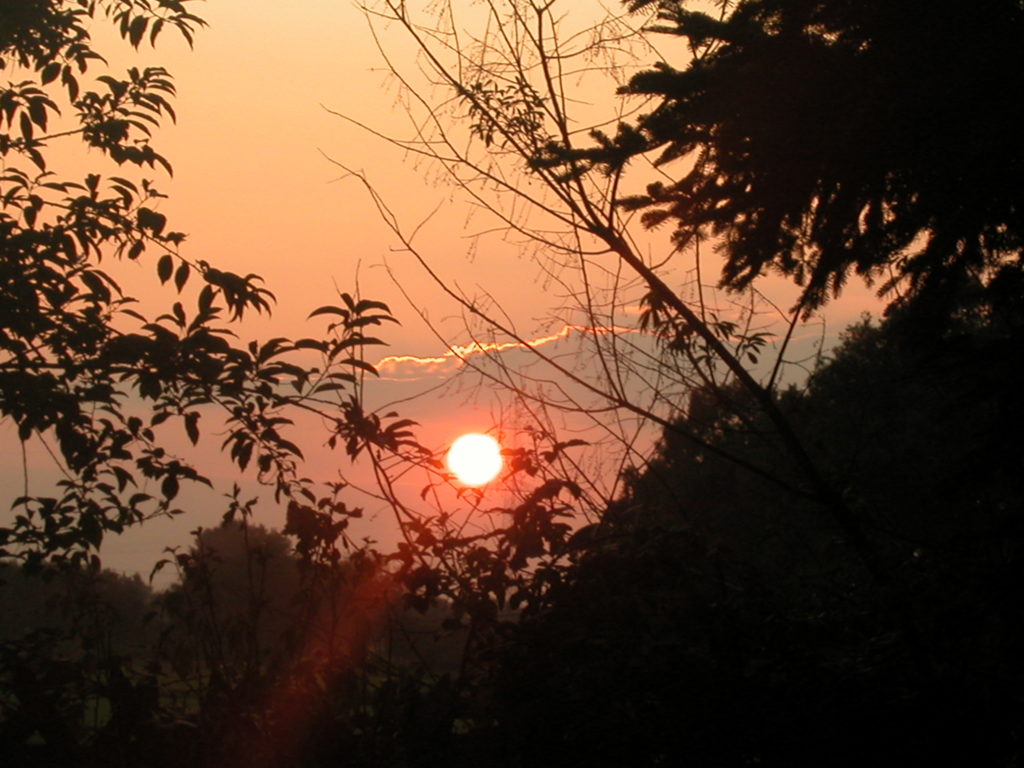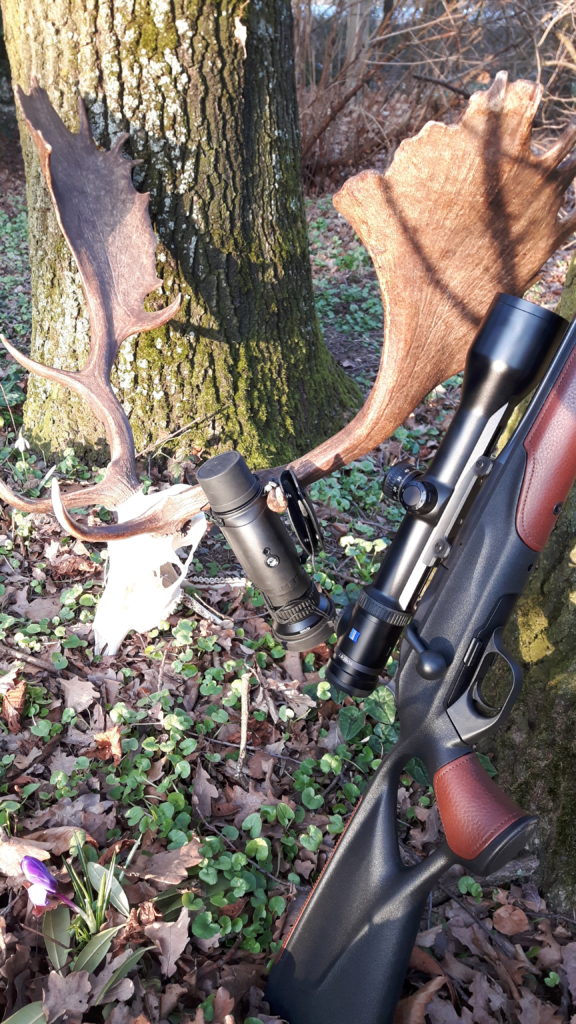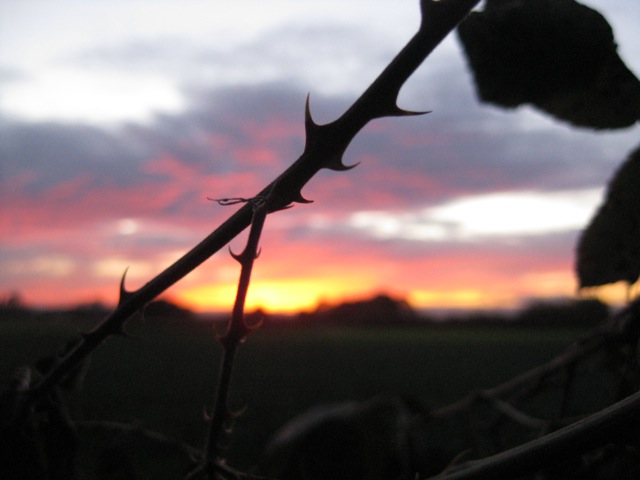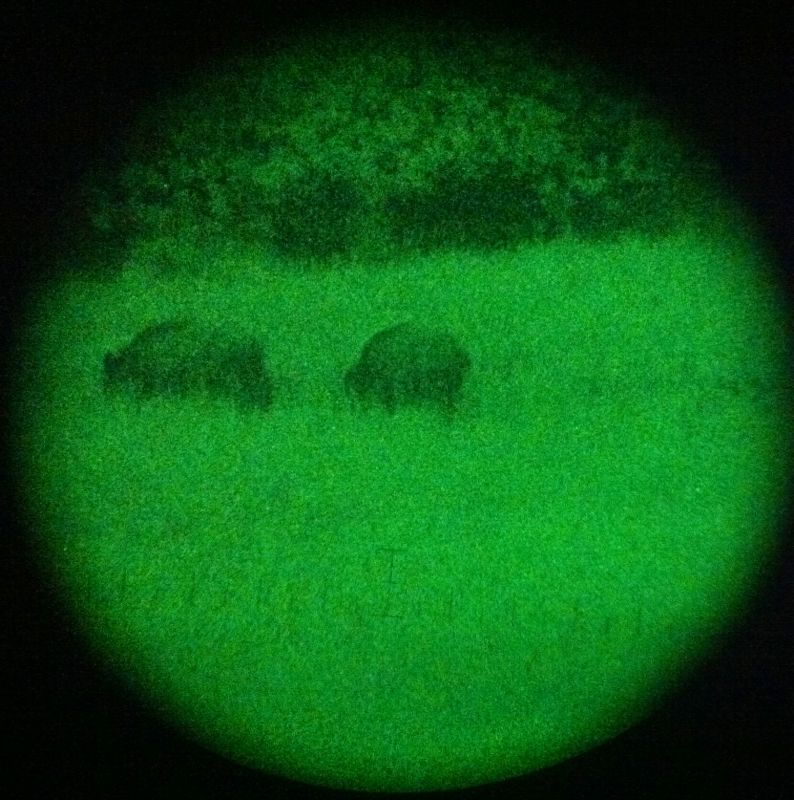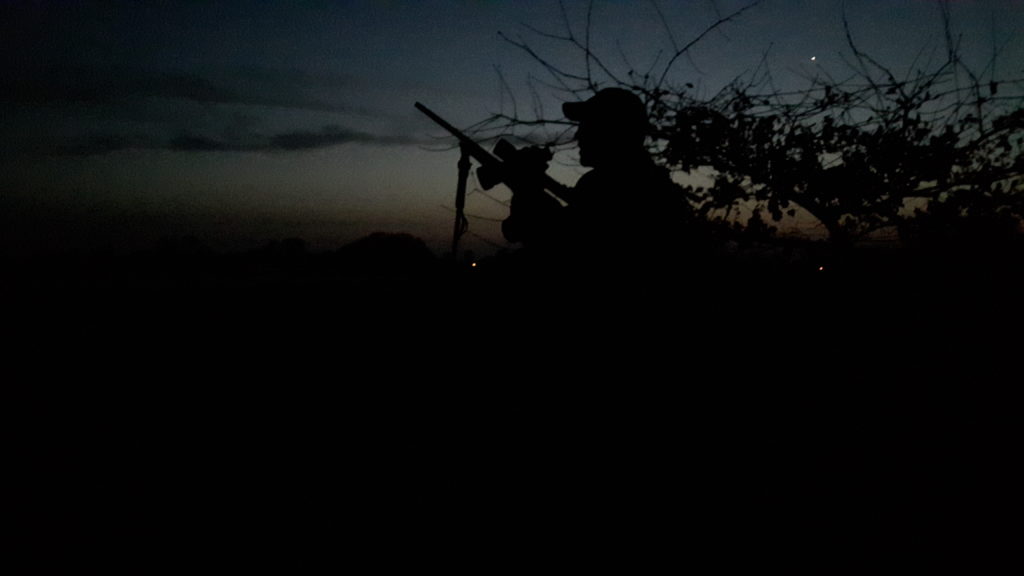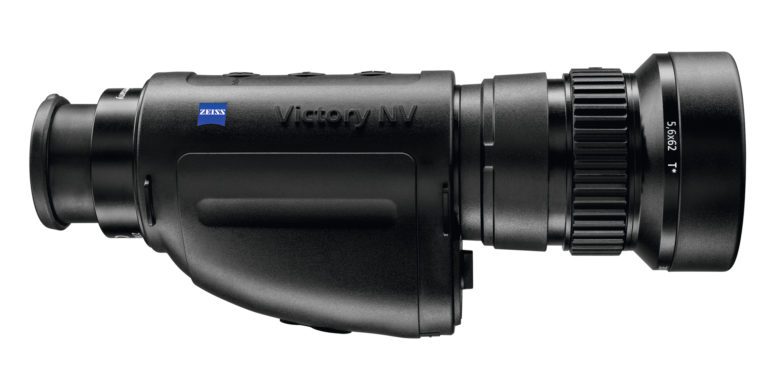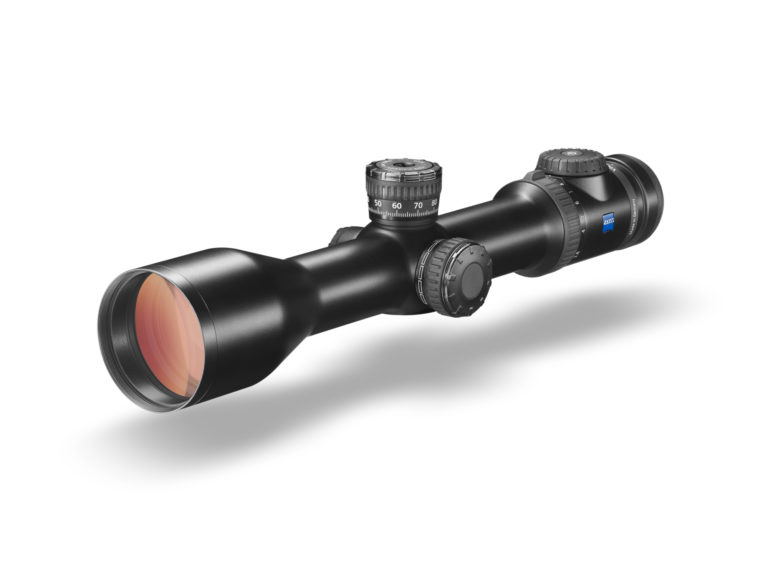The newly developed DTI 3/35 thermal imaging camera from ZEISS achieves the seemingly impossible: it sees details that remain hidden from the human eye. This makes hunting at night even more fascinating and simultaneously increases the chances of success.
Whether for game observation and stalking or for faster and more accurate identification – the innovative technology gives hunters a considerable advantage in the forest and fields at night. Heat sources can also be reliably detected over long distances and large areas.
Frequently Asked Questions (FAQ)
What does DTI 3/35 stand for?
How is the DTI 3/35 different from other thermal imaging cameras?
How does the digital zoom work and why does it only go up to 4x?
Can the ZEISS DTI 3/35 be connected with the ZEISS Hunting App?
And using the ZEISS Hunting App can I safe and share my hunting adventures?
Can I also store images and videos in the device itself?
What color modes are available with the ZEISS DTI 3/35?
Can I use Picture-in-Picture (PiP) with the ZEISS DTI 3/35?
What is the frame rate of the ZEISS DTI 3/35?
What is the maximum detection range on deer size animals?
Will it be affected by rain and foggy conditions?
Is the battery built-in?
What are the warranty terms for the ZEISS DTI 3/35?
What does DTI 3/35 stand for?
The name ZEISS DTI 3/35 is derived from the English term for thermal imaging camera and the technical specifications: Digital Thermal Imaging with a sensor resolution of 384×288 pixel and a focal length of 35mm.

How is the DTI 3/35 different from other thermal imaging cameras?
The ZEISS DTI 3/35 is specially developed for hunting. The well-thought-out and perfectly balanced user ergonomics ensure, that the user quickly finds the right function and always knows which button their fingers are on. When you’re on the hunt and closing in on your target, any distraction is one too many. Pressing the wrong button can cost you a few seconds and cause additional stress. This can often mean the difference between success and failure.
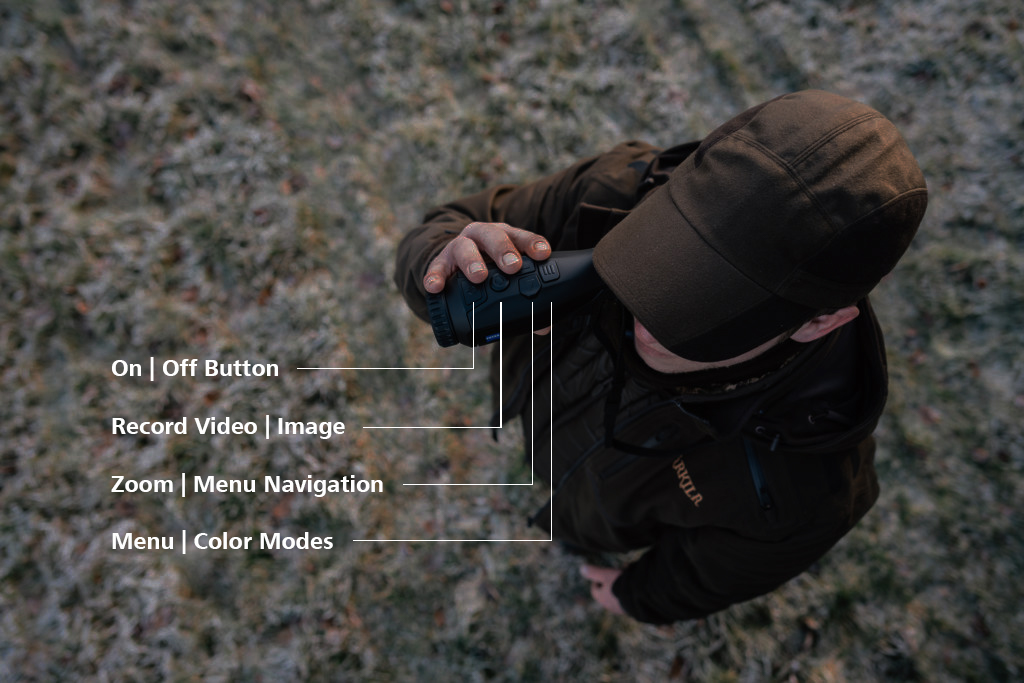
How does the digital zoom work and why does it only go up to 4x?
A digital zoom works by zooming in on the pixels. In doing so, the quality of the image decreases, because fewer pixels are being shown. This means that for a sensor with 384×288 pixels, the maximum zoom of up to 4x provides the perfect combination of magnification and detail recognition. At higher zoom levels, the resolution of the image becomes too poor to see any details.
Can the ZEISS DTI 3/35 be connected with the ZEISS Hunting App?
The ZEISS DTI is integrated into the ZEISS Hunting app. This allows you to easily and above all reliably connect the camera to your smartphone or tablet.
ZEISS HUNTING APP
More than 100,000 hunters around the globe already enjoy the benefits of the versatile functions of the ZEISS Hunting App. Always at hand in the field, the app enables hunters to document hunting events and experiences as they happen. The new browser version makes inputting data much more convenient and provides an additional platform for administration and documentation. Thanks to continuous synchronisation, all data input are available on all connected devices – in the app and in the browser.
Learn more.Using the ZEISS Hunting App, can I save and share my hunting adventures?
Whether live streaming or downloading photos and videos, it is easy and intuitive to use. You can also instantly add the content to the hunting diary in the ZEISS Hunting App and share it with your friends.
Can I also store images and videos in the device itself?
Yes, absolutely. The ZEISS DTI is equipped with 15GB of internal storage.
What color modes are available with the ZEISS DTI 3/35?
The ZEISS DTI 3/35 offers 4 different color modes, so you can choose the setting that best fits your needs. ‘Black hot’ and ‘white hot’ deliver images with a high level of contrast. These settings are great for detection, recognition and identification. When observing in areas with vast vegetation, ‘red hot’ allows for a fast detection of heat signatures. The color mode ‘rainbow’ is ideal for identifying the smallest differences in temperature.
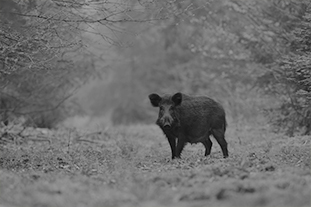
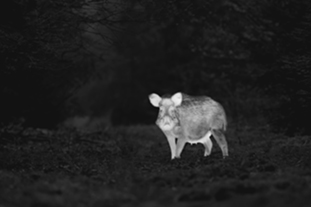
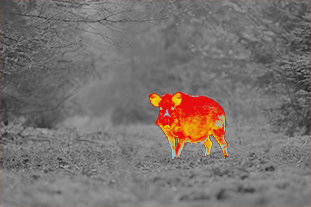
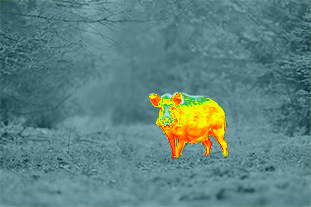
Can I use Picture-in-Picture (PiP) with the ZEISS DTI 3/35?
The picture-in-picture function of the ZEISS DTI 3/35 allows overlying the zoomed image on the visual image. This feature helps to keep sight of the animal you are observing in zoom mode, even when it makes sudden movements.
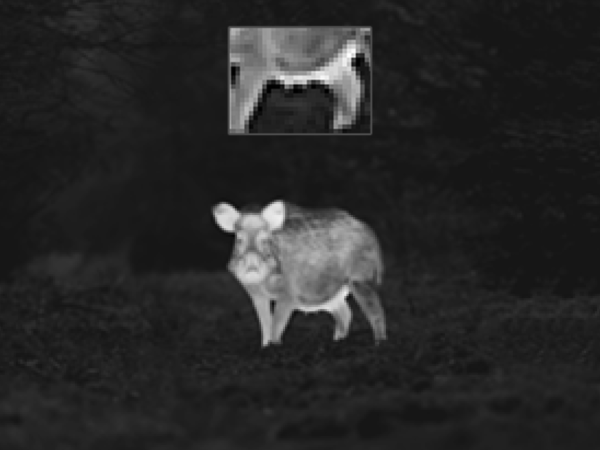
What is the frame rate of the ZEISS DTI 3/35?
The ZEISS DTI 3/35 features a display frame rate of 50 Hz. This refers to the number of times per second your monitor can redraw the screen. A higher display frame rate results in decreased flickering of the image, thereby reducing eye strain when stalking for several hours at a time.
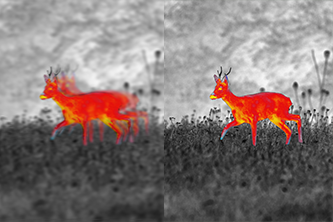
What is the maximum detection range on deer size animals?
Detection range for an object of 1.6 x 0.6 m is 1235 m.
Will it be affected by rain and foggy conditions?
In general, and this counts for all thermal imaging devices, fog and rain effect the contrast of the image negatively. The impact is dependent on how heavy the fog or rain is.
Is the battery built-in?
Yes, the battery is built-in.
What are the warranty terms for the ZEISS DTI 3/35?
The warranty period for the ZEISS DTI 3/35 is two years. In addition to this, we do give our customers the ability to extend the warranty for another year by registering their product free of charge on our website within 4 weeks after purchase. The battery is covered by the full warranty period of two years, or three years after registering.
ZEISS DTI 3/35
It’s time to handle the night with the ZEISS DTI 3/35. The outstanding thermal imaging camera with the intuitive ErgoControl operating concept was developed by fellow hunters, for hunters.
Learn more.